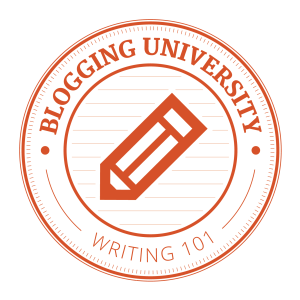That is what I call this tile: Bilateral Thinking. Not sure why, except that there is almost a yin-yang effect, with one half more romanticized and the other more geometric and straight-forward.
 As was a previously posted tile, this Zenangle is done in white Jelly Roll pen and white sketch pencil. The patterns or motifs used are Crescent Moon, Flux, Jonqual, Fescue, Shattuck, and tangleations of Fescue and Flux. The pen fill-in strokes are more evident on this tile than even on the last, but I think the laceyness of the other patterns makes the pen movements and “skips” less obvious by comparison.
As was a previously posted tile, this Zenangle is done in white Jelly Roll pen and white sketch pencil. The patterns or motifs used are Crescent Moon, Flux, Jonqual, Fescue, Shattuck, and tangleations of Fescue and Flux. The pen fill-in strokes are more evident on this tile than even on the last, but I think the laceyness of the other patterns makes the pen movements and “skips” less obvious by comparison.
To me, bilateral thinking is a necessary part of successfully and almost gracefully moving through life. I think it is far more encompassing and complete than either right-brained, highly creative thinking (or even “air-headed” thinking) or left-brained rational, logical, sometimes boring old straightforward thinking. What I am calling bilateral thinking draws from both sides of the brain in such a way that creativity is enhanced with one foot in Wonderland and the other solidly standing in the real world.
As time goes on, I believe that scientists who study this stuff will find that the most inventive endeavors and best writing and art forms come from a balance of viewing the world from both sides and utilizing that balance to write the greatest books, produce the greatest art works, and invent the most useful tools and architecture.
Think about it. How many times have you come up with a great story or piece of prose that falls flat because, although you were creative enough to come up with a great idea, the straightforward, logical part of your brain just couldn’t come up with the right story line. Or maybe you came up with the right sequence for your work, but couldn’t come up with the right blend or order of words to make your sequence come alive? The authors we love to read have both a straight and logical story line and a writing style that paints pictures and emotions in our minds.
Looking at the graphic ars, how many times have we seen brilliantly executed watercolors, oil paintings, etchings, etc., that have pleased the eye but left our souls empty of emotional content? And yet a truly masterful painting grips us not only with the precision or form that comes from “the left brain,” but also with the “right-brained” creative qualities of vibrancy of life, movement, and most of all emotion to which our hearts and souls react with such force that the term “understanding the subject” seems like a trite phrase that cannot begin to convey Truth or new world view the art work is showing us?
In much the same way, the art of Zentangle opens us to a world of creativity based on balance, and challenges us to take a limited number of logical or straightforward motifs and combine them n such a way that they bare our souls. I am far from a place where I can achieve the true balance of yin and yang; am a far cry from using both my logical left-brained thinking and my creative right-brained thinking; am too new to art to control my instruments and to writing to create deep prose or an acceptable poem. But I continue to strive for both experience and balance to reach that sense of enlightenment.
Until next time, keep each side of your brain open to the other’s ideas and suggestions. Try new things using logic and fantasy. Find your balance.
#educ_dr





